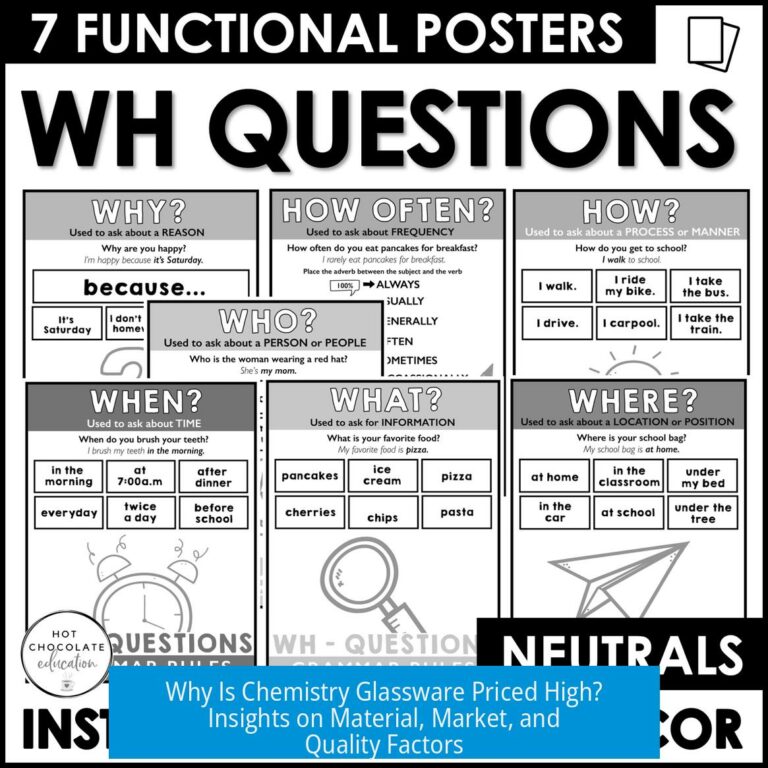Quick Lewis Structure Help for Organic Chemistry 1
Nitrogen atoms in Lewis structures must have a full valence shell of 8 electrons to be stable. This typically means nitrogen forms three bonds and retains one lone pair. For example, in an imine functional group, nitrogen shares six electrons in bonds and keeps one lone pair, satisfying the octet.
Nitrogen Valence and Bonding
Nitrogen prefers three covalent bonds to maintain neutrality and stability. A structure where nitrogen has fewer than eight electrons often leads to formal charges that destabilize the molecule. For instance, if nitrogen has only six valence electrons due to two lone pairs and one bonding pair, this results in a positive formal charge and instability, which is atypical for basic nitrogen-containing compounds.
Interpreting Formulas and Bonds
When a formula shows (NH) together, it means hydrogen is directly bonded to nitrogen. For example, the condensed formula CH3CH(N)CH3 indicates nitrogen is bonded to one hydrogen and one carbon on each side. Drawing this correctly helps ensure nitrogen’s octet is full and formal charges are minimized.
Using Index of Hydrogen Deficiency (IHD)
IHD, or double bond equivalents, assists in determining the number of double bonds or rings in a molecule. Calculate it using the formula:
| Formula | Meaning |
|---|---|
| (2Q + 2 – M + T) / 2 | Q = atoms with 4 bonds (e.g., carbon); M = atoms with 1 bond (e.g., hydrogen, halogens); T = atoms with 3 bonds (e.g., nitrogen) |
For C3H7N, the IHD is (2×3 + 2 – 7 + 1)/2 = 1. This means every isomer contains at least one double bond or ring.
Key Points
- Nitrogen needs a full octet, typically forming three bonds plus a lone pair.
- Formulas with (NH) show hydrogen bonded to nitrogen.
- Incorrect electron counts cause formal charges and destabilize nitrogen.
- IHD helps identify double bonds or ring structures in molecules.
- Additional resources are available for in-depth explanations.
What is the correct number of valence electrons nitrogen should have in a Lewis structure?
Nitrogen usually needs 8 valence electrons to satisfy the octet rule. This includes bonding electrons and lone pairs. For example, an imine group has 6 bonding electrons plus 2 lone pair electrons, totaling 8.
How do I know if hydrogen is bonded to nitrogen in a formula?
If hydrogen and nitrogen appear together in parentheses, such as (NH), it means hydrogen is bonded directly to nitrogen. For example, CH3CH(N)CH3 indicates nitrogen is bound to a hydrogen atom.
Why does nitrogen prefer to form three bonds in Lewis structures?
Nitrogen tends to form three bonds to keep a full octet and a neutral or favorable formal charge. Structures that leave nitrogen with fewer bonds may give it an unstable charge and incomplete octet.
How can the Index of Hydrogen Deficiency (IHD) help with drawing Lewis structures?
IHD calculates the number of double bonds or rings in a molecule. Use the formula (2Q + 2 – M + T)/2, where Q is tetravalent atoms, M is monovalent atoms, and T is trivalent atoms. This guides structure drawing and isomer identification.
Is there a resource for more detailed help with Lewis structures?
Live review sessions are available to explain Lewis structures and related concepts in more detail. These help clarify doubts and improve understanding of organic chemistry topics.





Leave a Comment